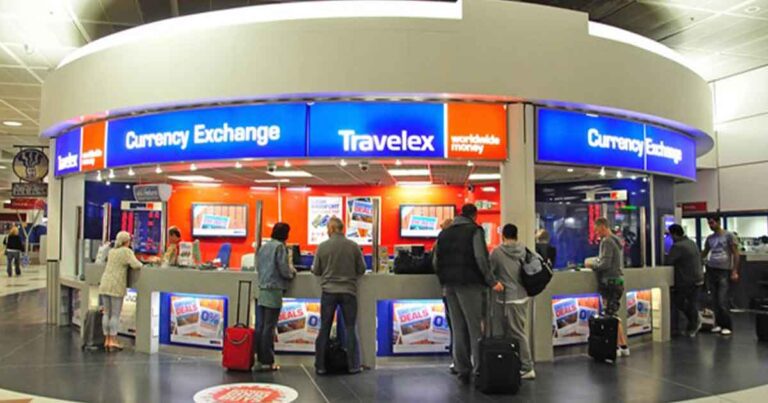Cross-border transactions refer to sending or receiving payments in different countries. Cross-border transactions are not as simple as domestic transactions; many challenges and complexities like currency conversions, regulatory compliance issues, unfavourable exchange rates, lengthy settlement procedures, and security issues surround them. Cross-border transactions are everyone's need, whether for international trade, commerce or personal requirements, but …










